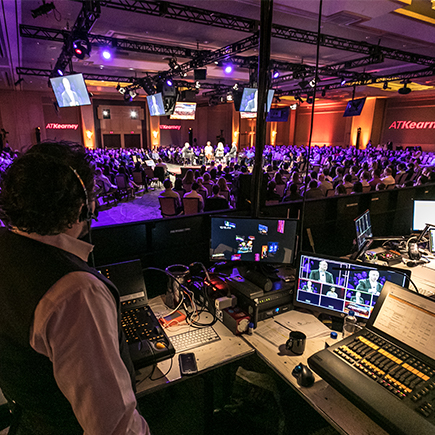Mastering the Art of Recording High-Quality Sound at Live Events
Wiki Article
Recording high-quality sound at real-time performances remains crucial for guaranteeing the audience can fully enjoy their event. Whether a concert, a seminar, or stage show, clear audio can greatly improve the effect of the event. In order to obtain this, it’s important for one to understand various various factors involved to audio recording and the way to effectively efficiently handle these. The following article will discuss key methods as well as equipment which can assist in perfecting the craft of capturing premium audio.
One among initial primary steps to recording great sound is choosing appropriate best gear. Microphones have an crucial part in the process. Various different types for microphones, including dynamic-type, condenser-type, as well as lavalier mics, all appropriate to specific circumstances. Dynamic mics tend to be commonly used for loud environments, like concerts, because can handle high sound pressure levels. On the other hand, condenser microphones tend to be generally sensitive and tend to be best in quieter settings, like talks and discussions. Understanding each strengths and weaknesses of each type will help in choosing the best microphone for an event.
In addition to selecting a suitable microphone, positioning the mic appropriately remains crucial for capturing clear audio. The placement of a microphone can significantly influence its audio quality. For example, placing a microphone excessively distant from the sound source can lead in faint sound, whereas placing it too near may cause distortion. One must crucial for one to achieve the middle ground which records the full spectrum of sound without losing quality. Testing different different placements before the event may assist with determining the most effective placement to achieve maximum sound quality.
Another important element for take into account the the environment in which event takes place. Background sounds may disturb the audio quality, making it difficult for audience members in order to listen to the primary audio origin. To minimize excess noise, one should beneficial for one to conduct a sound test prior to an occasion begins. This enables an audio engineer in order to identify potential possible issues as well as perform changes as needed. Additionally, utilizing acoustic insulation and placing up within a quieter location can also help in minimizing background noise while enhancing the audio clarity.

Finally, post-production plays an crucial role in improving sound quality. After an event, audio editing software may be used for refine up the, eliminate any unwanted noise, and adjust volume for consistency. Such a step step is to guaranteeing that the end product meets elevated quality. By investing time time in refine and enhance the, the final result shall become a refined audio that faithfully captures the real-time event. Mastering such techniques will not click this site only improve audio quality in sound captured during live events and also improve the overall enjoyment for the audience.